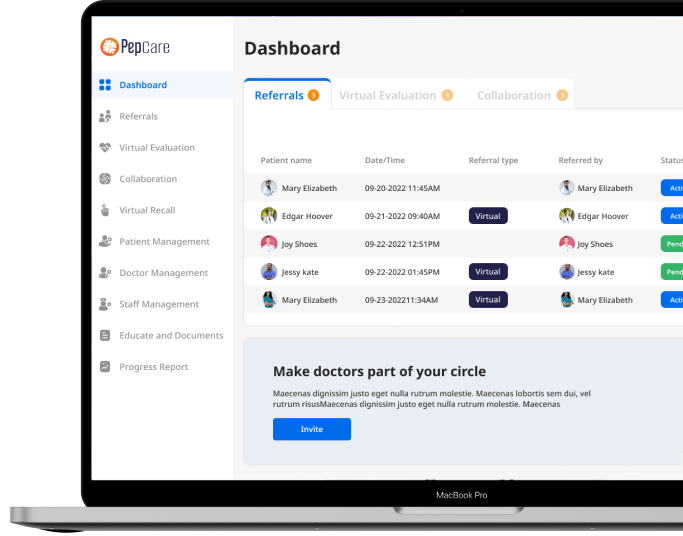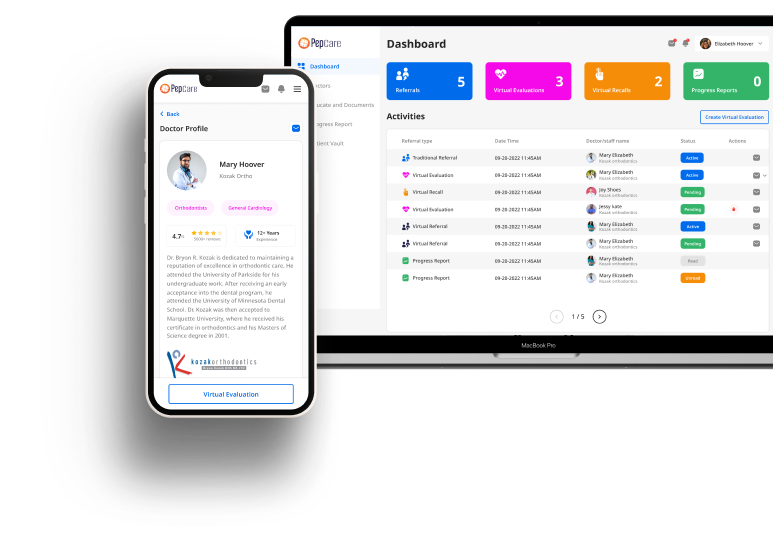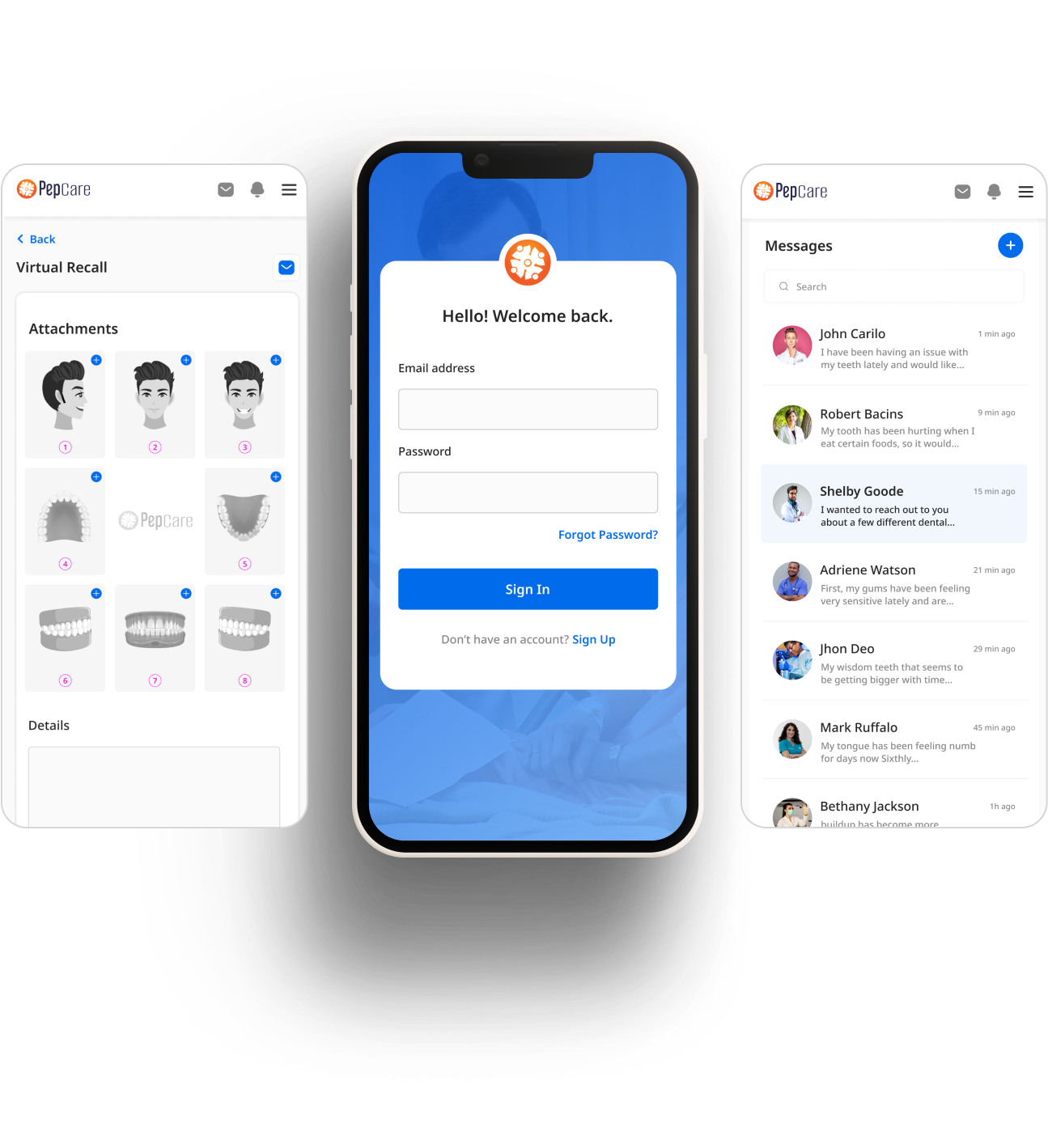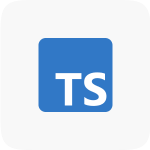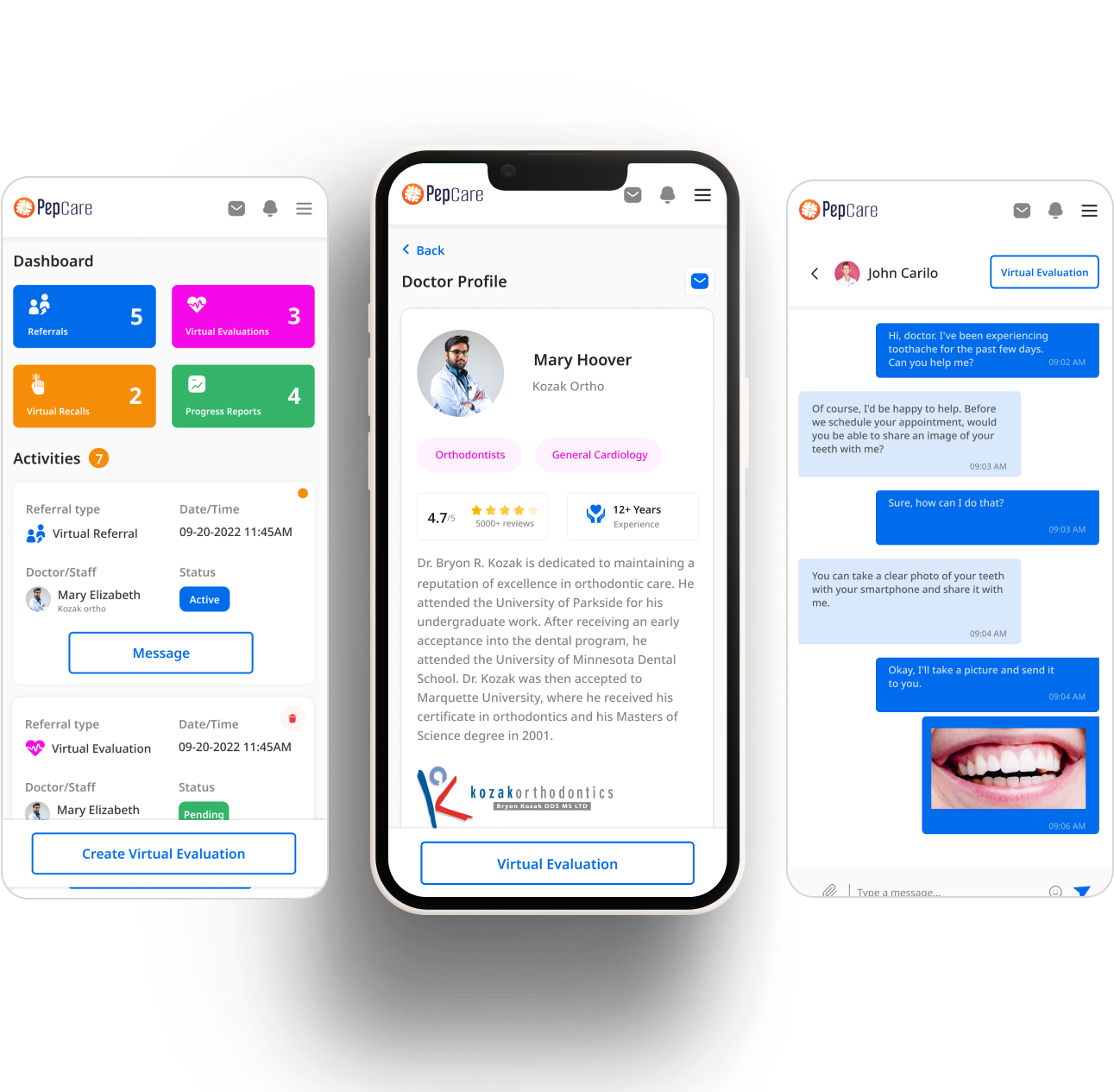Feature Highlights - Doctor/Staff
It is easy for students at various universities to connect with brands for sponsorship opportunities.
Brands can conveniently search for university events related to their products and advertise them.
Student event organizers can monitor brand commitments for their events.
Brands can keep track of their sponsored products and inventory.
Student event organizers can update brands on the progress of their commitments.
Brands can provide updates on the delivery status of their products.
